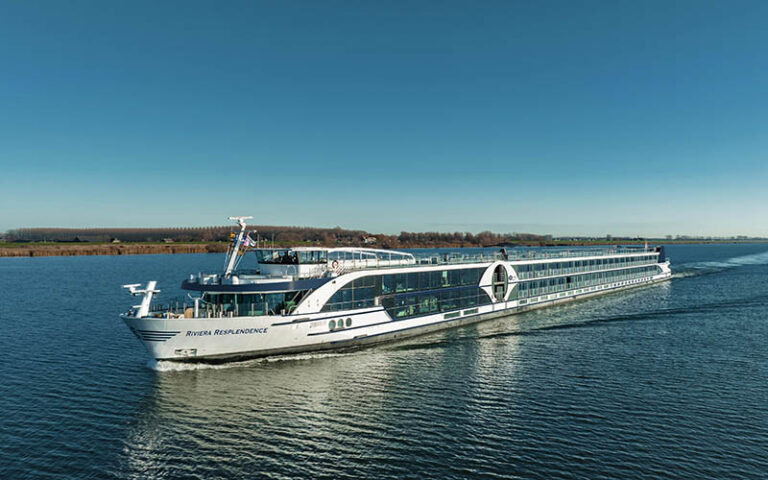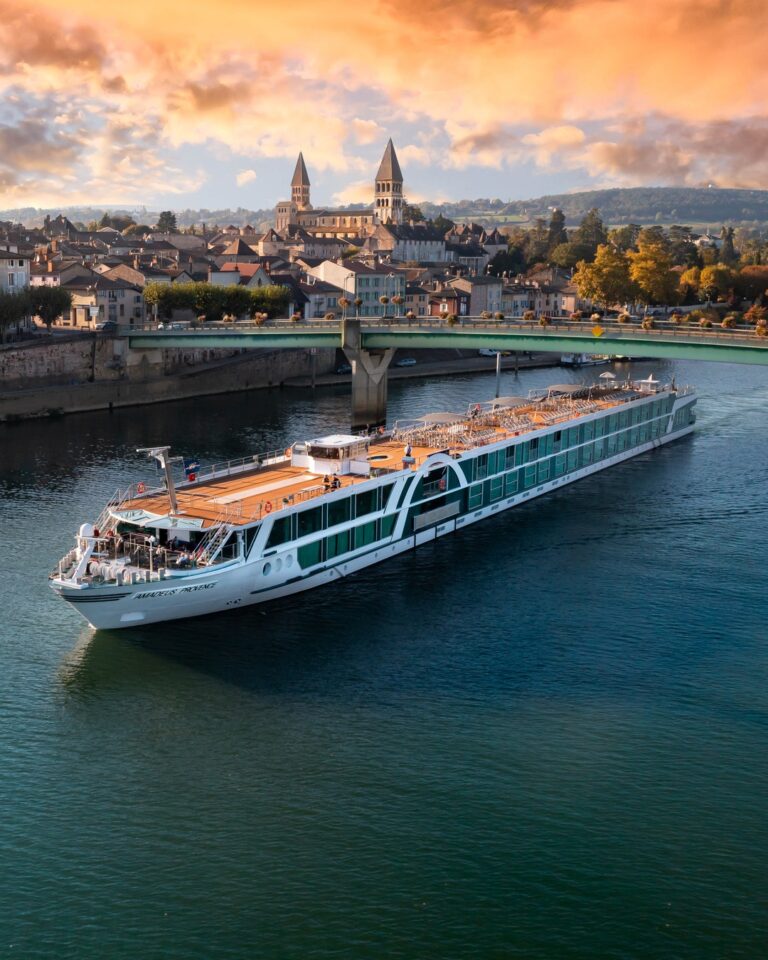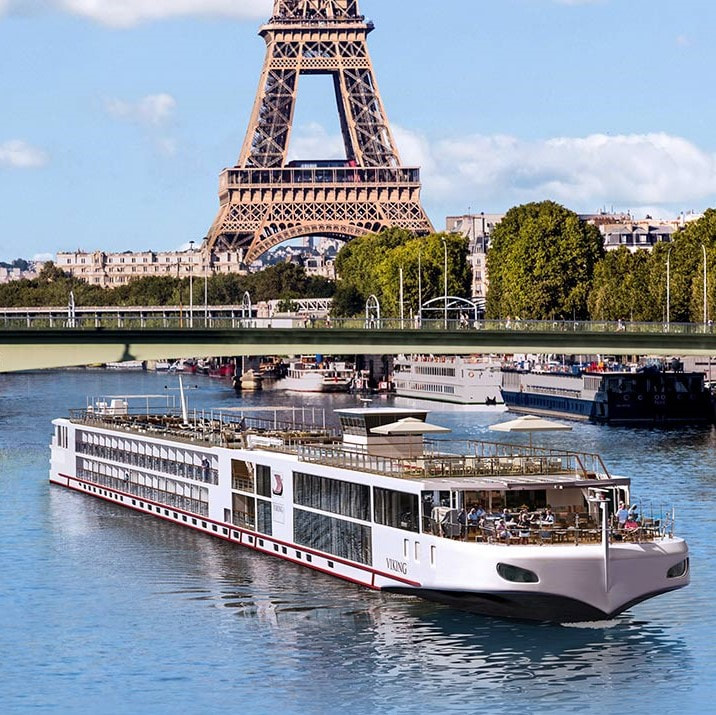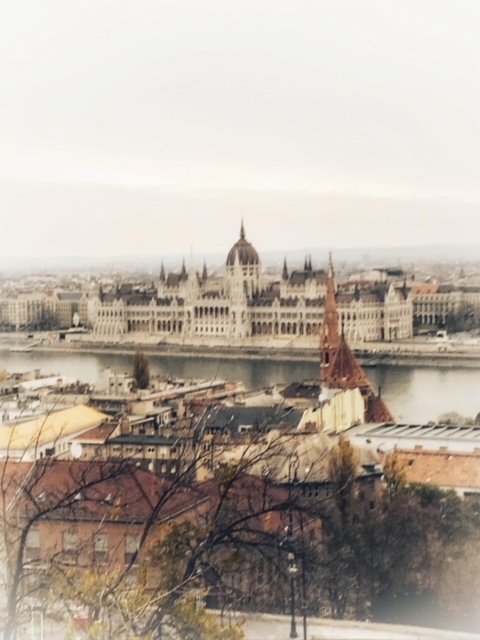
Budapest, Hungary, may be the capital of the landlocked country, but it's far from dry. In fact, Budapest's most seductive element is water. It springs from underground wells, filling Ottoman, neoclassical and art-nouveau pools.
It flows through the city in the broad and meandering Danube River, dividing Buda and Pest in yin-yang fashion. It even provides welcome relief after a bowl of hot paprika-spiced goulash.
Few visitors can resist the Budapest baths, but the city's allure goes beyond its spa status. As a large urban center, Budapest manages to strike a nice balance between nature and development. Hills, islands and parks coexist with hotels, theaters, cafes, monuments and other buildings in an eclectic array of architectural styles.
Must See or Do
Sights—Budavari Palota (Buda Castle); Matyas Templom and Halaszbastya on Castle Hill; Parliament; Rudas and Kiraly Gyogyfurdo (Turkish baths); Hosok tere (Heroes Square); Szent Istvan Bazilika.
Museums—Magyar Nemzeti Muzeum for Hungarian history; Hungarian art at the Magyar Nemzeti Galeria; the Franz Liszt museum for a peek at the home of the country's most famous composer.
Memorable Meals—Fabulous service with the best strudels at Elso Pesti Reteshaz; traditional Hungarian coffee and pastries at Central Cafe and Restaurant, New York Café or Gerbeaud; fine dining at Costes, Hungary's first Michelin-starred restaurant; Hungarian food combined with a great wine list at Tigris Etterem, which is partially owned by winemakers.
Late Night—Enjoy a drink at Vian or Doblo; listen to live jazz at Fat Mo's Speakeasy and Music Club or folk at Fono Budai Zenehaz; dance with the young crowd at Barba Negra Track.
Walks—Along the Danube embankment; around Castle Hill; up and down Andrassy ut and Vaci utca; along the korut (ring road); up Gellert Hill; around the lovely neighborhood surrounding the Hungarian National Museum; on Margit Island; in the Buda Hills; in Varosliget.
Especially for Kids—Fovarosi Allat es Novenykert, the zoo in Varosliget; Csodak Palotaja (the Palace of Wonders); a ride on the Children's Railway through the Buda Hills.
Geography
Orientation is slightly more complicated than dividing the city into Buda and Pest—but it's a good way to start. The Danube (Duna in Hungarian) flows through the middle of the city: Buda and Obuda are on the west side, Pest is on the east. Seven bridges, in addition to two railway bridges, span the divide.
Buda has hills. Castle Hill is home to some of the city's most visible landmarks, including Budavari Palota (Buda Castle). Szell Kalman ter, a square north of Castle Hill, is an important transportation hub. To the south of Castle Hill is Gellert Hill, which is topped by the Citadel and the Liberation Monument. North of Castle Hill is Rozsadomb (Hill of Roses), an upper-class neighborhood. Still farther north is Obuda, the oldest part of the city. The city's Turkish baths are located in Buda near the river.
By comparison, Pest is flat. The grand Parliament building dominates the Pest embankment and skyline. South of Parliament is the area that is generally referred to as the city center. Deak ter is a square at the heart of the city—three metro lines cross there. The boulevard Andrassy ut runs from Deak ter to Hosok tere (Heroes Square), which is at the edge of Varosliget, the main city park.
Most of the attractions in Pest are contained within an area between the river and a ring road (actually, more like an arc), which changes its name every 10 blocks or so. In a north-to-south progression, it's called Szent Istvan korut, Terez korut, Erzsebet korut, Jozsef korut and Ferenc korut.
Fortunately, there's another aid to orientation: All of Budapest is divided into 23 numbered districts. Districts 1-3, 11, 12 and 22 are on the Buda and Obuda side (Castle Hill is the first district). District 21 is on Csepel Island, and the remainder of the districts are on the Pest side. The city center is the fifth district, and districts 6-9 encircle it to the east and southeast. The number of the district is written after the street address.
Addresses will be easier to understand if you know a few Hungarian words—ut means avenue, utca means street, ter (or tere) means square, hid means bridge, koz means alley and korut means ring road.
History
The history of Budapest has been marked by waves of conquerors and immigrants. Celtic remains have been found near Gellert Hill, but one of the first substantial settlements was Roman. The Romans conquered the area in 11 BC and established a city called Aquincum in present-day Obuda. The Huns began threatening the area around AD 250 and, led by Attila, finally gained control over present-day Hungary in 437.
The empire collapsed with Attila's death less than 20 years later. Successive ethnic groups migrated to the area over the next several hundred years, with the Magyars (ethnic Hungarians) gaining dominance.
The Mongols destroyed both Buda and Pest in 1241, but Buda rebounded and became an intellectual and artistic center during the Renaissance. In 1541, the Ottoman Turks sacked the city and went on to rule until they were replaced in 1686 by the Austrian Hapsburgs. The Hungarians revolted against Austria in 1848-49, and a compromise was reached in 1867, creating the dual monarchy of Austria-Hungary.
In 1873, Buda, Pest and Obuda were united into one city, Budapest, which became the capital of Hungary. The city underwent expansion and mass development through the end of the 19th century. During that period, the large boulevards were laid out and many of Budapest's landmark buildings were erected.
But then World War II wreaked devastation: Nazi troops occupied Budapest in the latter part of the war, and heavy fighting between the Germans and the Soviet army resulted in much destruction.
Fortunately, the city center and the bridges over the Danube were rebuilt. The Soviets gained control after the war, and a 1956 uprising was squelched with great force. In 1989, Hungary's borders were finally reopened—a contributing factor in the eventual fall of the Berlin Wall.
Despite a steady turnover of political leadership since then, Budapest has played an integral role in keeping Hungary's economic growth strong. Hungary joined the European Union in May 2004.
Budapest has undergone a tremendous amount of change, and it seems there is more to come. A boom in construction and renovation projects resulted in the renewal of several famous coffeehouses and hotels dating from the 19th and early 20th centuries.
Budapest maintains modern goals in an area rich with history, making it a fascinating place to visit.
Potpourri
The Hungarian language is spoken exclusively in Hungary (except for the Hungarian diaspora, which consists of about 5 million people) and has survived even though Hungarians have lived in Europe for more than 1,100 years. It is related to Finnish.
The entire city of Budapest is a UNESCO World Heritage site.
The building that houses Budapest's Parliament is the second-largest parliament building in Europe after Romania's.
Budapest's metro is the oldest in Continental Europe. The foldalatti is still in use.
Quite a few movies have been filmed in Budapest, although the city often stands in for somewhere else. They include The Matador, Underworld, I Spy, Munich, Spy Game and Evita, as well as the TV show The Borgias.
The world's largest-known thermal cave system, comprising more than 170 caves, lies under Budapest. The Molnar Janos Cave in Buda, discovered only in 2008, even has an underground thermal lake.
Location
Budapest's port is the Port of Csepel. It is located southeast of downtown Budapest on the Danube River at Szabadkikoto ut 5-7, in the 21st district. It is a river port and the country's main commercial seaport, primarily handling international cargo. Phone 1-278-4001.
There are several river boat cruises available to tourists in Budapest, many of which depart from Nemzetkozi Hajoallomas-Belgrad quay or the Vigado Ter ship station on the Danube River in Budapest. Sample cruises include a one-day buffet lunch cruise with guide and an evening cruise with music and dancing. Fees vary depending on the cruise duration and type; however, you can expect to pay 4,500 HUF-5,000 HUF for a one- to two-and-a-half-hour boat trip. Passenger facilities at docking points are limited to restrooms, information and ticketing bureaus. Taxis are available from the docking points.
For a list of recommended boat tours, see http://www.budapest.com/things_to_do/sightseeing_tours/boat_tours_in_budapest.en.html.




































